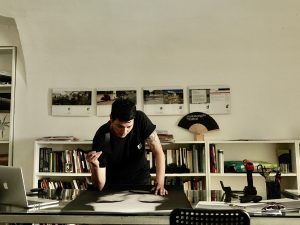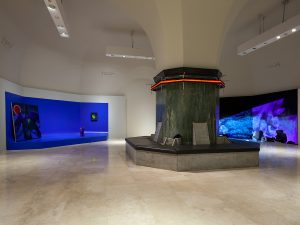In 1950, the historian and critic Fortunato Bellonzi was appointed general secretary and guided the destiny of the institution for more than three decades. The chairman at the time was the writer Antonio Baldini.Bellonzi’s management stood out for taking the historical and critical study of Italian art further, both as regards the publications and the exhibitions.
In the publishing field, the Journals of the Quadriennale and the Contemporary Art Archives series were both published for the first time by De Luca publishing house.
In the exhibition field, the Quadriennale exhibitions continued to carry out their institutional role of providing a periodic picture of contemporary Italian art in order to keep the public up-to-date. However, alongside their focus on contemporary art, they also began to include retrospectives and historic exhibitions, which went on to become increasingly independent of the main event, held in both Italy and further afield.
There were three Quadriennali in the 1950s (6th, 7th and 8th), just one in the 1960s (9th), and also in the 1970s (10th, which was actually split into five exhibitions from 1972 to 1977).
From the 10th Quadriennale onwards, artists were only able to take part by invitation and the panels were opened up to art critics, who began to play a more and more important role. Bellonzi’s Quadriennali recorded record numbers of artists and works. The packed nature of the exhibitions never failed to generate a lively debate on the relevance of the event’s formula and its actual ability to duly document the latest art trends.





